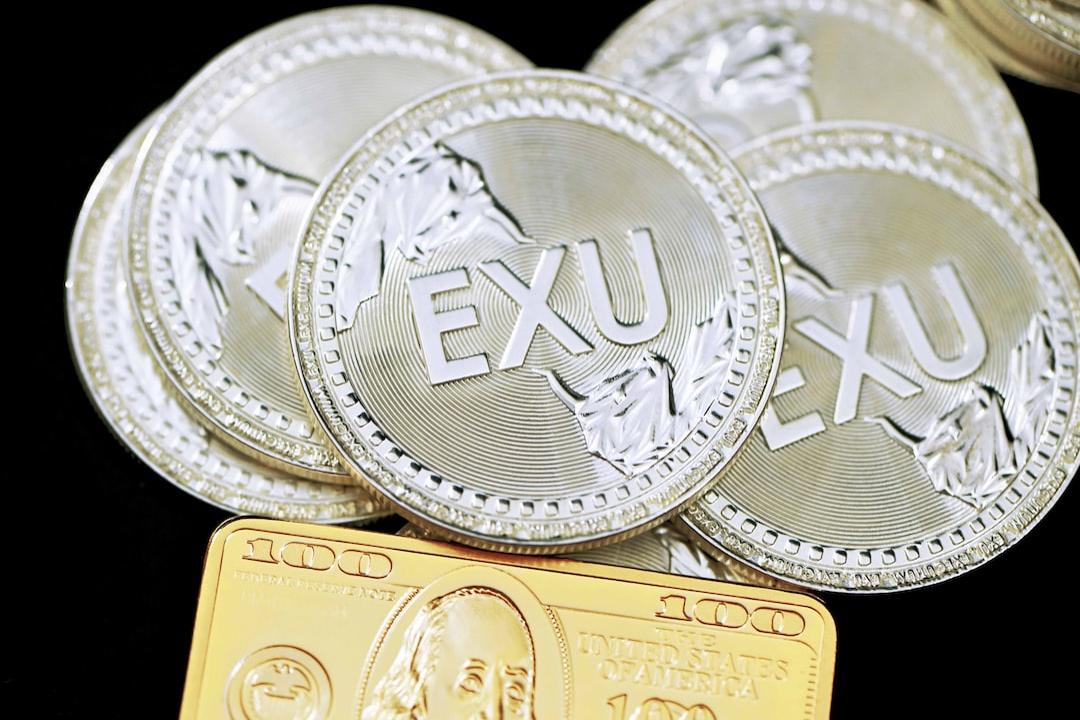If you are also considering an exit strategy, then apart from the timing of withdrawal, “how to withdraw” might also be a topic worth contemplating.
(Background: The reason I will never break through a single position: The trap of liquidity hunting by market makers)
(Background information: The continuing market: Analyzing the most bizarre double top of 2021 with on-chain data)
Introduction
When it comes to withdrawing from spot trading, you might think, “Isn’t it just selling directly?” Indeed, selling spot assets is the simplest way to withdraw.
However, as a trader, learning how to avoid idling every bit of capital is a necessary course.
This article will share an alternative withdrawal method: “Shorting with 1x Coin-Margined Perpetual Contracts“
Shorting with 1x Coin-Margined Perpetual Contracts
First, let’s briefly explain a few concepts:
Buying Spot = 1x Long
As you may know, the biggest difference between buying spot and trading contracts, aside from transaction costs, is “leverage.” If you merely buy spot, there is no leverage involved, resulting in “one times long exposure.”
U-Margined 1x Short will be liquidated; Coin-Margined will not
Theoretically, leverage multiplier x loss margin = 100% will lead to liquidation (in practice, it approaches liquidation near 100%). Therefore, if you use U-margined 1x to short, you will be liquidated when the price rises by 100%. However, this is not the case for coin-margined contracts because the collateral for coin-margined contracts is “coins,” which means when the price rises, the collateral value of the position also increases, thus it will never be liquidated.
⚠️ Note: This refers specifically to “1x leverage” situations.
After understanding the above concepts, we can start discussing the exit strategy:
If we replace “selling spot” with “using spot as collateral to open a 1x coin-margined short,” it is essentially the same.
The principle is simple:
Holding Spot = 1x Long Exposure
Coin-Margined 1x Short = 1x Short Exposure
These will directly offset each other, meaning that regardless of how the coin price fluctuates, it does not concern you, effectively resembling a sale.
Some readers might wonder: “So what about my unrealized profits or losses while holding?”
I created a chart with two practical cases; if you are confused about the calculations, feel free to click on the image:

Did you notice? Regardless of how the coin price moves afterward, your asset value remains the same.
This is not difficult to understand because after the operation of 1x coin-margined short, as mentioned earlier: “The exposure has been offset by our operation,” resulting in the situation where fluctuations in coin prices do not affect asset value.
Maximizing Capital Efficiency
Some may ask: “Why go through all this? Is there a difference if I sell the spot directly?”
To answer this question, we must mention the concept of “Funding Rate.”
In the perpetual contract market, there exists a mechanism known as “Funding Rate”:
- When the funding rate is positive, the long side must pay a certain amount to the short side.
- When the funding rate is negative, the short side must pay a certain amount to the long side.
Therefore, compared to directly selling, shorting with 1x coin-margined contracts maximizes capital efficiency for the following reasons: This chart shows the historical funding rates for Binance’s $BTC coin-margined perpetual contracts, with green representing positive and red representing negative.

Readers should easily notice that:
The funding rate is positive most of the time, which means as short sellers, we can collect extra fees during most of the holding period.
Based on Binance’s benchmark fee of 0.01% / 8 hours in simple interest, this translates to a daily profit of 0.03% and an annual profit of 10.95%.
Of course, not all periods are positive, so 10.95% may be somewhat overestimated. However, as shown in the chart, overall, it still provides decent extra profits compared to simply selling spot assets.
Furthermore, for traders like myself who “hope to accumulate assets long-term through $BTC,” withdrawing in this manner feels more reassuring psychologically than selling the $BTC on hand.
Conclusion
In fact, withdrawal is not limited to just “selling.” If you understand how to utilize various tools in the financial market, you can maximize your capital’s effectiveness, allowing your money to work for you at all times!
Besides shorting with 1x coin-margined perpetual contracts, there are actually strategies for withdrawing using options, but their complexity is relatively higher. I hope to share more about this opportunity in the future.
That concludes today’s content. I hope it was helpful to you. Thank you for reading.


